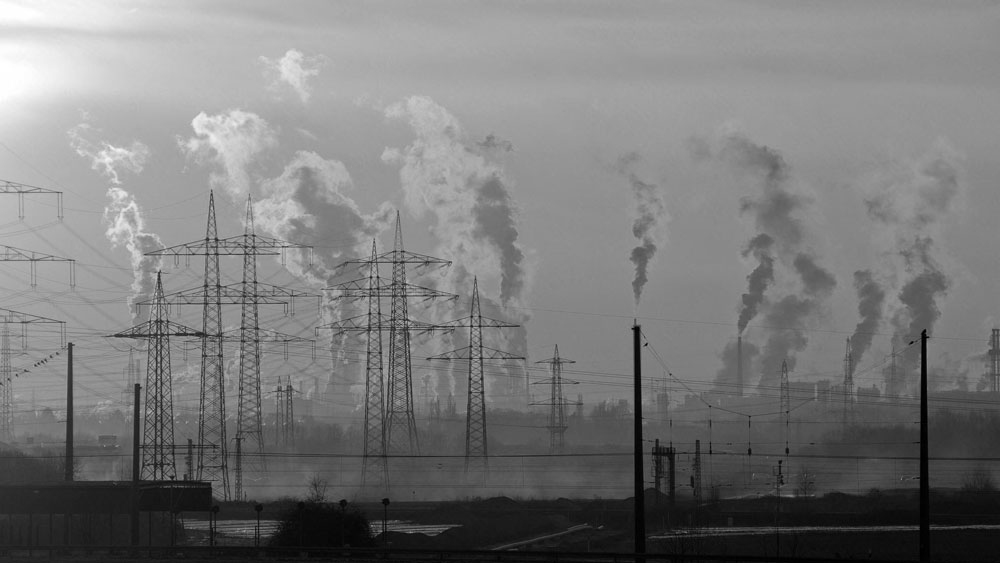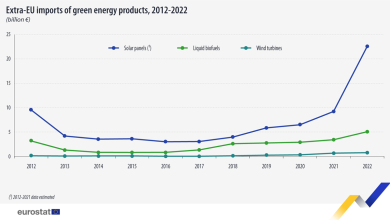Opinion: Overview of Romania Energy Industry
Stranger things in energy
Romania today is facing various challenges on multiple domains, energy being one of them. As the country struggles with corruption problems, a backlash from the private sector for the last fiscal changes, everything appears to fail and the EU presidentship got the country’s representatives as unprepared as this winter.
Political, legal and economic instability became the national status quo during the last years, resulting in the lack of investment of any kind, whether we are referring to starting new projects, upgrading existing infrastructure or even performing the necessary preventive maintenance activity. Together with the lack of expertise and leadership at decision levels and too many and abrupt legislation changes without a real understanding of the industry culminated with the biggest crisis in the last 30 years for Romania’s Energy Industry. Ping-ponging responsibility from one public or private entity to the other has also contributed to the overall chaos in the system.
Therefore, there are a few good news, some bad and a lot of very bad news. The industry leaders and experts, energy associations and federations were too passive during all these years, while they should have been more vocal and engaged, but fear or the love of status quo kept them and still keep them out of the game. This is not going to end well for anybody.
Good news:
– Romania took, for the first time in its history, the Presidency of the Council of the European Union;
– As of 1st of January, prosumers are a reality in Romania as all its laws and regulation in place for that, but utility companies are still struggling to adapt;
– The bureaucracy was also reduced for prosumers in terms of fiscal requirements, the adjustments made on the monthly bill;
– Prosumers are able to sell the energy with a price of approximately ⅓-¼ from the final price paid in the electricity bill;
– EUR 100mn for Romanian house-holds prosumers (approx. 24,000 beneficiaries x EUR 4,200/system) are available in 2019.
Bad news:
– Romania had the highest annual inflation rate in the EU last year;
– We still don’t have a final energy strategy. The last one was deleted before being adopted and a new one was put into public discussion facing big critiques from the experts in the industry;
– Our target for 2030 is 27% RES, under 32% target of EU and decarbonization is not the priority of the Government, saving the coal industry jobs is one of them;
– Lack of available installed capacity in the system: the data show that we have 24,000 MW, from which only 14,000 MW is operational. Still, some of considered available installed capacities were unavailable for different reasons (needed repairs, investments, resources). As a result, from the beginning of the year, we were net electricity importers to cover the internal consumption which was below 10,000 MW;
– A one-week miners’ strike at the largest coal energy producer forced the company which provides more than 20% of internal production to close some of its units. The risk for further shutdowns is still high, because of insufficient lignite stocks;
– In November 2018, the Government decided to postpone until 2021 the implementation of more favourable legislation for vulnerable consumers.
Very bad news:
– Romania’s Government changed the fiscal laws for 800 times during 2018, the last one on 28th of December, surprising the energy sector with a tax of 2% on turnover without previous consultation with the business environment;
– This will generate an increase with at least 5% in monthly electricity bills for consumers, as the tax applies to every sector – from generation, to transport, distribution and sales.
– The latest emergency ordinance also radically changed the rules on the gas and electricity market, as it forces the biggest state-owned electricity companies to sell up to 65% of their production with regulated prices. Also, the government put a price cap of 68 RON (EUR 14.5) per MWh for internal gas production, until February 2022.
– The measure comes after many other legal changes for gas producers, adopted last autumn by the Parliament, which introduced higher fiscal obligations and forced the companies to sell 50% from their production on the gas centralized market. As a result, the investors in the Black Sea offshore fields postponed the final investment decisions for an undefined data;
– We went from a free market to a very regulated one in just one month;
– The new surprising fiscal legislation drastically reduced the value of the shares of the main listed energy companies, which were among the biggest losers. OMV Petrom, Electrica, Transgaz, Romgaz and Transelectrica recorded depreciation of about 9% to almost 20%;
– Over EUR 3bn has lost Romania in a single day – called ‘the red Wednesday’ – which brought the second highest daily decline of the Romanian stock exchange history;
– Half of January we had the most expensive energy on spot market in Europe.
Written by Mihai Toader-Pasti, Chairman Future Energy Leaders Romania
and Teodora Vasalca-Cimpoi, Editor-in-Chief NewsEnergy.ro







